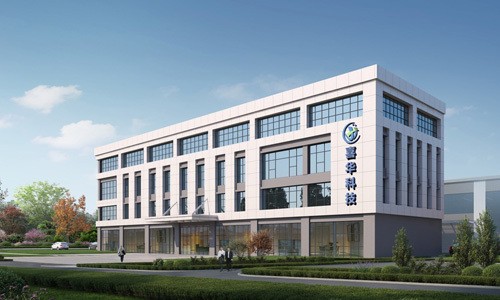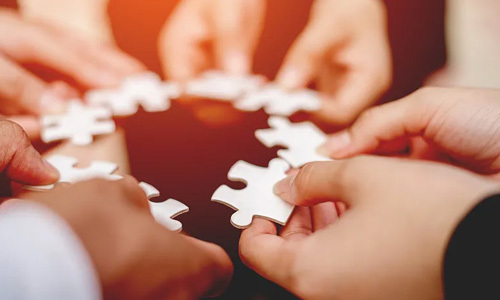
NEWS CENTER
What is plastic?
Release time:
2023-12-12
Plastics are polymers, the main component of which is synthetic resin. In addition, there are additives that need to be added for certain specific purposes, such as plasticizers that can improve plasticity, antioxidants that prevent plastic aging, and so on.
Although the relative molecular mass of the polymer is very large, the composition is not complicated, and the structure has certain rules. They are made by the polymerization of small molecules, such as polyethylene plastics, which are made by the polymerization of ethylene molecules.
When the polyethylene plastic is heated to a certain temperature range, it will begin to soften until it melts into a flowing liquid. The molten polyethylene plastic will become solid again after cooling, and will melt into liquid after heating. This phenomenon is called thermoplastic. Polyethylene, polyvinyl chloride and polypropylene are all thermoplastics. Some plastics can only be softened when heated during the manufacturing process, and can be molded into a certain shape. After processing, they will not be heated and melted, and have thermosetting properties, such as phenolic resin.
Why does the above phenomenon occur?
This is because thermoplastics have a long-chain linear structure. For example, long chains of polyethylene and polyvinyl chloride are connected by C- C bonds, and these long chains are combined by intermolecular forces. When heated, these long chains will accelerate the vibration, so that the intermolecular force between the chain and the chain is weakened, and the corresponding sliding occurs between the long chains, so the plastic will melt into a liquid. When cooled, the energy contained in the long chain is reduced, the distance is closer, and the mutual attraction is enhanced, so it will harden again.
The thermosetting plastic is long-chain in the early stage of formation, which will soften when heated and can be molded into a certain shape. However, when the thermosetting plastic is further heated, covalent bonds will be formed between the chains, resulting in some cross-linking, forming a body-type network structure, hardening and setting. When it is heated again, the chain molecules will be restricted from sliding and will not melt.
There are many varieties of plastics and their uses are also different. For example, polyethylene has good electrical insulation, chemical corrosion resistance, cold resistance, and non-toxicity. It can be made into films as packaging materials for food and drugs, as well as daily necessities, insulating materials, pipes, etc.; while polyvinyl chloride has electrical insulation. Good, chemical corrosion resistance, organic solvent resistance, wear resistance, but poor thermal stability, poor air permeability, and hardening when cold, it can be made into films, hoses, daily necessities, pipes, insulating materials, etc, film cannot be used to package food; Polypropylene has good mechanical strength, good electrical insulation, chemical corrosion resistance, light weight and non-toxicity, but it has poor oil resistance, low temperature brittleness and easy aging. It can be made into film, daily necessities, pipes, packaging materials, etc. Polystyrene has good electrical insulation, good light transmittance, chemical corrosion resistance, non-toxicity, hard and brittle at room temperature, soft at high temperature, and poor oil resistance, it can be made of high-frequency insulation materials, television, radar components, medical and health appliances, but also can be made of foam for shock-proof, moisture-proof, sound insulation, packaging mats and so on.
Recommended News
2023-12-12










